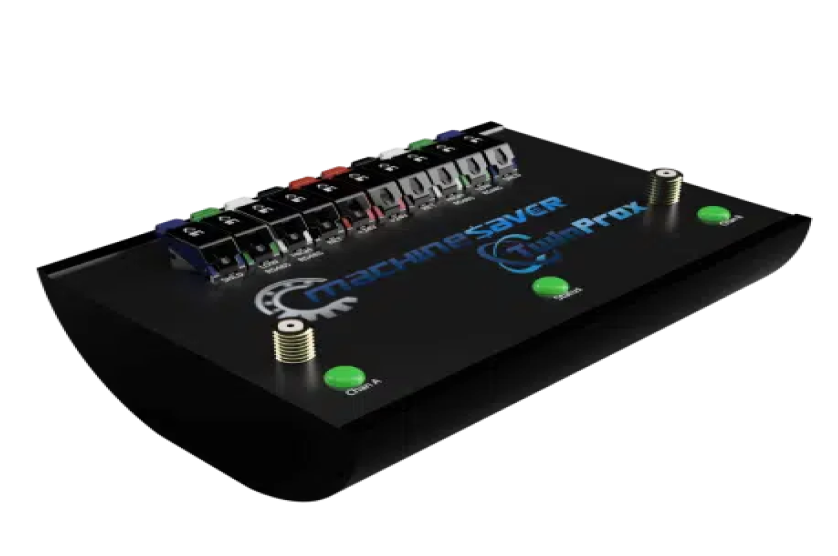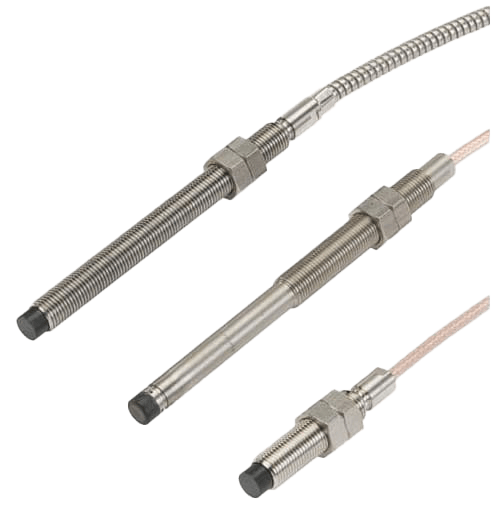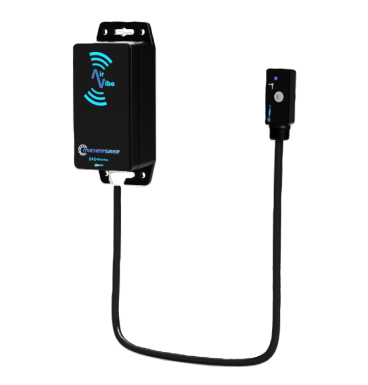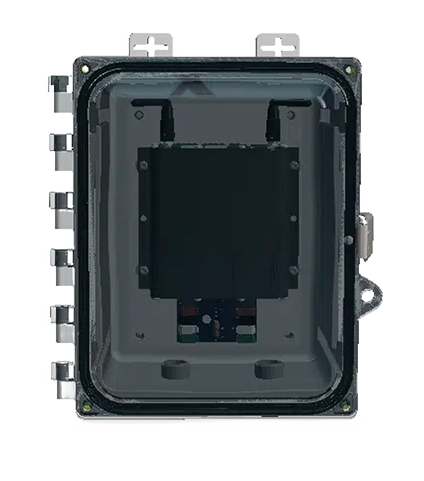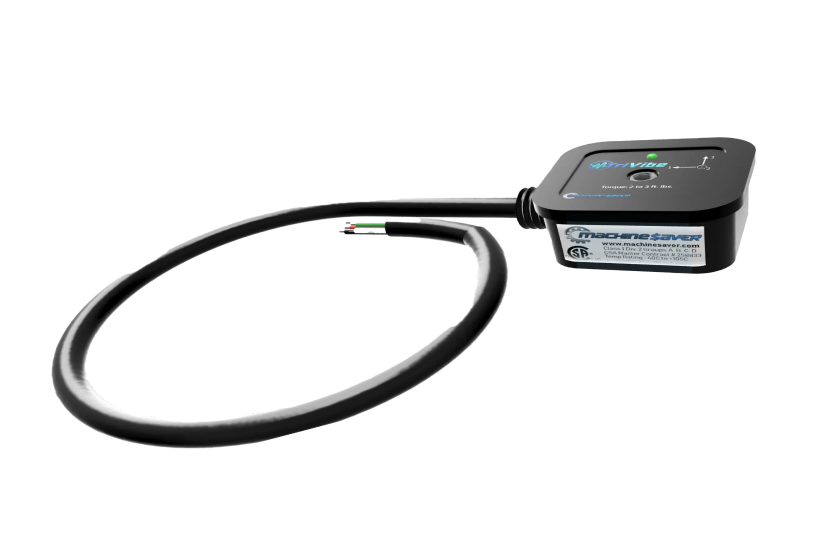Blowers Vibration Monitoring & Analysis
In the context of maintaining industrial blowers, adopting the right monitoring technology is crucial for operational efficiency and longevity. The AirVibe vibration analysis and monitoring sensor offers an innovative solution. This blowers vibration analysis report explores the financial and technical merits of using the AirVibe sensor for industrial blowers.
Technical Considerations
- Advanced Wireless Connectivity: The AirVibe's use of the LoRaWAN Protocol enables long-range, wireless data transmission, up to 10 miles with line of sight and 1 mile without. This feature is particularly valuable for blowers situated in expansive industrial complexes or hard-to-reach areas.
- Enhanced Battery Life: The design of the AirVibe, which separates the battery from the heat source, extends the battery life to over 4 years. This is a significant advantage, reducing the need for frequent maintenance checks and battery replacements.
- Real-Time Data Transmission: Continuous data transmission capabilities ensure real-time monitoring of blowers, allowing for immediate identification and response to potential issues or anomalies.
- Integration with TriVibe Technology: Building on the TriVibe technology, the AirVibe sensor ensures high-resolution vibration data and customizable output, essential for detailed analysis of blower performance.
Financial Considerations
- Minimizing Downtime Costs: The ability of the AirVibe sensor to provide real-time data enables predictive maintenance, significantly reducing the likelihood of unscheduled downtimes, which are often costly in terms of both repairs and lost productivity.
- Operational Savings: The long battery life and wireless nature of the sensor reduce the need for routine maintenance interventions, translating into long-term operational savings.
- Cost-Effective Installation: The wireless, long-range capabilities of the AirVibe sensor allow for flexible and less intrusive installation, especially beneficial for blowers located in remote or difficult-to-access areas, leading to reduced initial installation costs.
- Preventing Expensive Failures: The most common vibration-related failures in blowers typically stem from issues that affect the balance, alignment, bearings, or aerodynamic disturbances.
- Imbalance: Imbalance is one of the most frequent causes of excessive vibration in blowers. It occurs when the blower's rotor mass distribution is uneven, causing uneven rotational forces. This can result from accumulated dust or debris, erosion, or wear and tear of the blower blades or impellers.
- Misalignment: Misalignment happens when the motor and blower shafts are not properly aligned. This can be due to improper installation, thermal expansion, or settling of the foundation. Misalignment leads to uneven distribution of forces along the shaft, causing excessive vibration and potentially leading to premature wear of bearings and seals.
- Bearing Failures: Bearings are critical components in blowers, and their failure can cause significant vibration issues. Bearing failures might be due to inadequate lubrication, overloading, corrosion, or wear from prolonged use. Bearing defects typically produce very distinct vibration frequencies which can be identified through vibration analysis.
- Aerodynamic Issues: Problems with the airflow, such as flow turbulence, can also cause vibration. This might be due to system resistance changes, ductwork issues, or improper fan speed. Aerodynamic disturbances can create fluctuating forces on the blower impeller, leading to vibration.
- Loose Components: Over time, components of the blower system such as bolts, mounts, or couplings may become loose. Loose components can lead to erratic movements and vibrations.
- Resonance: Resonance occurs when the natural frequency of a component or system aligns with an excitation frequency. In blowers, this can lead to excessive vibration if the operational speed is close to the system’s natural frequency.
- Wear and Tear: General wear and tear over time can lead to the degradation of blower components. This deterioration can change the dynamics of the blower, leading to unusual vibration patterns.
- Electrical Issues in Motor: Electrical problems in the motor, such as imbalanced voltages or insulation failures, can also manifest as mechanical vibrations. Detecting and diagnosing these vibration issues early, through methods such as regular vibration monitoring and analysis, is key to maintaining the health and efficiency of blower systems.
Conclusion
The AirVibe sensor presents a compelling combination of technical innovations and financial advantages for the monitoring of industrial blowers. Its long-range wireless capabilities, extended battery life, and real-time monitoring potential are perfectly suited to the demands of blower operations. Financially, the sensor offers significant cost savings through reduced downtime, lower operational maintenance costs, and prevention of major failures. Thus, the AirVibe sensor represents a wise investment for industries seeking efficient, reliable, and cost-effective blowers vibration monitoring solutions.
We can customize vibration solutions to fit your needs
Request For QuoteRecommended Products
- TwinProx (sleeve or oil-lubricated bearings)
- Proximity Probes (sleeve or oil-lubricated bearings)
- Airvibe and Machine Gate (Wireless installation on Roller element bearings)
- Trivibe (Continuous near real-time data on roller element bearings)
Why choose machine saver?
We are the fastest growing vibration technology company in the world
At Machine Saver, we have established ourselves as an industry leader in vibration monitoring through our relentless pursuit of excellence and innovation.
Contact Us




